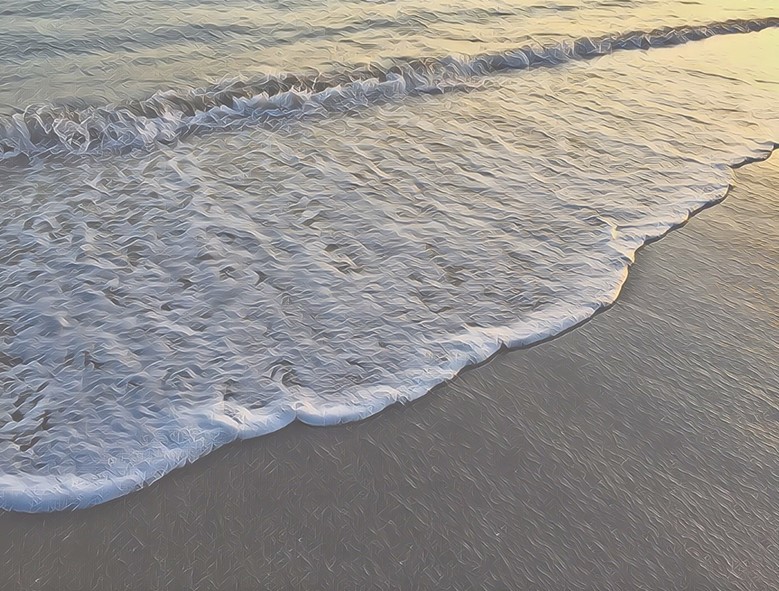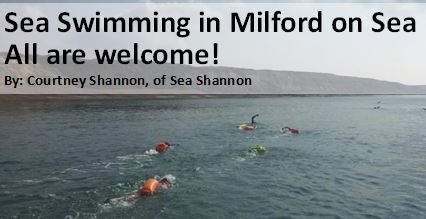We are very fortunate in Milford to have a micro climate which allows us to grow a far wider range of plants than other parts of the country. We can grow “tenders”, like palms, cannas, phormiums cordylines and other exotics but, along with the seaside location come some big challenges.
Probably the biggest is coping with winds, strong, salt-laden and damaging as we have recently been experiencing. Add to that hot sun and drought! Yes, I know it has rained for what seems like the last two months but think back to last summer, and we need to consider some strategies to manage these conditions.
The first priority in a windy location is to create or plant a windbreak. Solid barriers create turbulence so think about slatted or woven fencing such as hazel or willow. A relatively low, wind filtering barrier can provide shelter in its lee for up to 5 times its height. Open trellis could have bamboo slats attached to one side to filter strong winds and it can look very decorative.
Once you have established windbreaks, whether existing fencing or new, set about growing a hedge in the lee of it. If you are looking for evergreen, escallonia and eleagnus ebbingei are good seaside choices. Escallonia has pretty pink flowers and eleagnus, despite being initially a bit slow growing, has small white insignificant flowers in Autumn but they smell delicious, like lily of the valley! Skimmia can grow into a large evergreen shrub with the bonus of having lovely white flowers in winter.
Have a look around and see what is doing well in neighbouring gardens. Other popular seaside hedging includes, griselinia, hollies, bay and laurel. Hawthorn makes a tough deciduous hedge and provides a great larder for birds.
Pittosporum can work really well as a hedge plant or as a background shrub and there are lots of sizes and colours available. Irene Paterson has lovely green and white variegated foliage and can grow very tall, whilst Tom Thumb, is a shorter variety with bright green new leaves which change to lovely dark bronze foliage as the leaves mature.
Once you have decided on hedging plants, put in a layer of shrubs as a backdrop to other. planting. Consider using choisya ternata sundance which has a lovely golden leaf and sweet smelling flowers in early summer, the variety Aztec gold has slender leaves orcotinus or physocarpus if you want dark foliage. Fatsias are great to make a statement or focal point. They are wonderful evergreen structural plants with big jungly leaves and are tough and once established, able to cope with dry conditions. Ceanothus, also known as Californian lilac are very happy near the sea and there are many varieties but go for an evergreen one which will have small tough leaves.

As for garden planting, think Mediterranean for drought resistant plants, ones with grey hairy leaves such as helichrysum, senecio, convolvulus cneorum and herbs like thyme, rosemary and lavenders.

If wind seems to always flatten your plants, have a rethink and grow shorter varieties. Penstemons instead of delphiniums, dwarf daffodils and narcissi instead of tall ones, verbena rigida instead of tall verbena bonariensis.
Other favourite plants which do really well here by the sea are annual poppies, erysimums, hydreangeas, agapanthus, sedums, pinks, osteospermums. The list could go on and on but these are tried and tested in my garden!
This only scratches the surface of seaside gardening. My best advice is, learn to know your plot. Which parts are sunniest, which areas are most affected by winds, will the plants you want to grow be suited to those conditions?
Because success really does come down to right plant, right place!
Sue Crabb, Chairperson Milford Gardeners’ Club
milfordgardeners@gmail.com











